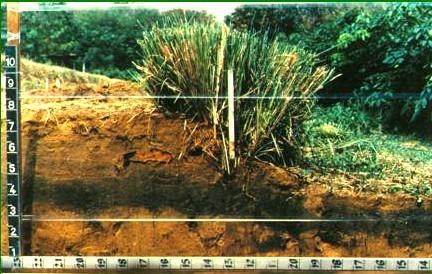




soloenespana.wordpress.com








soloenespana.wordpress.com
 1
1





How permies.com works
What is a Mother Tree ?




soloenespana.wordpress.com




soloenespana.wordpress.com
















soloenespana.wordpress.com









soloenespana.wordpress.com




 And five chickens, and we will steal some feral rabbits from a nearby park soon.
And five chickens, and we will steal some feral rabbits from a nearby park soon.soloenespana.wordpress.com









soloenespana.wordpress.com









Moderator, Treatment Free Beekeepers group on Facebook.
https://www.facebook.com/groups/treatmentfreebeekeepers/









 but we have been thinking about a small two where's tractor or something to dig swales.
but we have been thinking about a small two where's tractor or something to dig swales.
 We want to do every thing now, and we can't - not with 6 ha, one working full time else where and two home schooled kids. It simply just is not possible.
We want to do every thing now, and we can't - not with 6 ha, one working full time else where and two home schooled kids. It simply just is not possible.soloenespana.wordpress.com




Moderator, Treatment Free Beekeepers group on Facebook.
https://www.facebook.com/groups/treatmentfreebeekeepers/










soloenespana.wordpress.com








soloenespana.wordpress.com

|
That's a very big dog. I think I want to go home now and hug this tiny ad:
The new kickstarter is now live!
https://www.kickstarter.com/projects/paulwheaton/garden-cards
|





